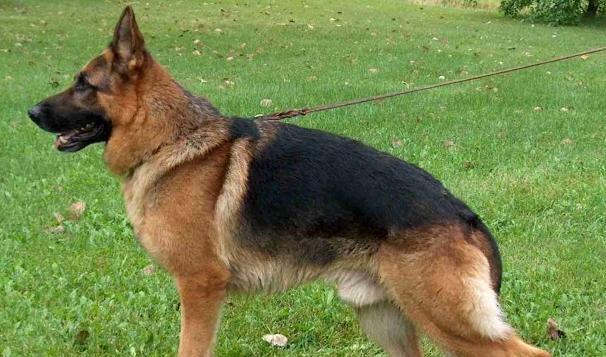
German Shepherd (Detailed introduction)
The owner of a dog in the family may find that it will be more likely to get sick during the period when the dog has just produced. So why is this?
After the dog is produced, the lochia time is about a week. In the early stages, the lochia contains blood, which is red; the mid -term becomes pale yellow; the later stage is transparent and colorless, and then stops discharged. If it is not clear or abnormal or abnormal, it indicates that there are pathological changes in the uterus.
The female dog's post -giving birth includes the excretion of the tire clothes, the dewlogenic discharge, and the entire process of the reproductive organs restoration. The main changes in the postpartum reproductive tract of dogs are the regeneration of the uterine mucosal layer; the maternal placenta mucosa changes off; the uterine glands of the epithelium increase the new epithelial layer;
The formation of lochia is mainly a large amount of secretions in the mother's placenta, blood in the fetal membrane blood vessels, blood in the uterus, and uterine glands. In the first few days, the dew contained blood, so it would show red; later it gradually showed a pale yellow transparent liquid; and finally turned into transparent and stopped discharge.
There is no bacteria in the dew, and there may be non -pathogenic bacteria in the future, so it is harmless to the dog's mother. Postpartum does not show rising body temperature or no significant changes. If the mother is severely dehydrated, calcium deficiency, and infection of the birth canal, the significant body temperature increases. Generally, the dew was exhausted within 5 days, and it was delayed at most 1 to 2 days. The existence of lochia was longer, but it could not be discharged or abnormal, indicating that there were pathological changes in the uterus.
The principle of treatment is to promote the discharge of the content of the uterus and the contraction of the uterus to prevent infection. And properly isolated dog babies, use broad -spectrum antibiotics, catalysis, give enough nutrition to increase the dog's resistance.
